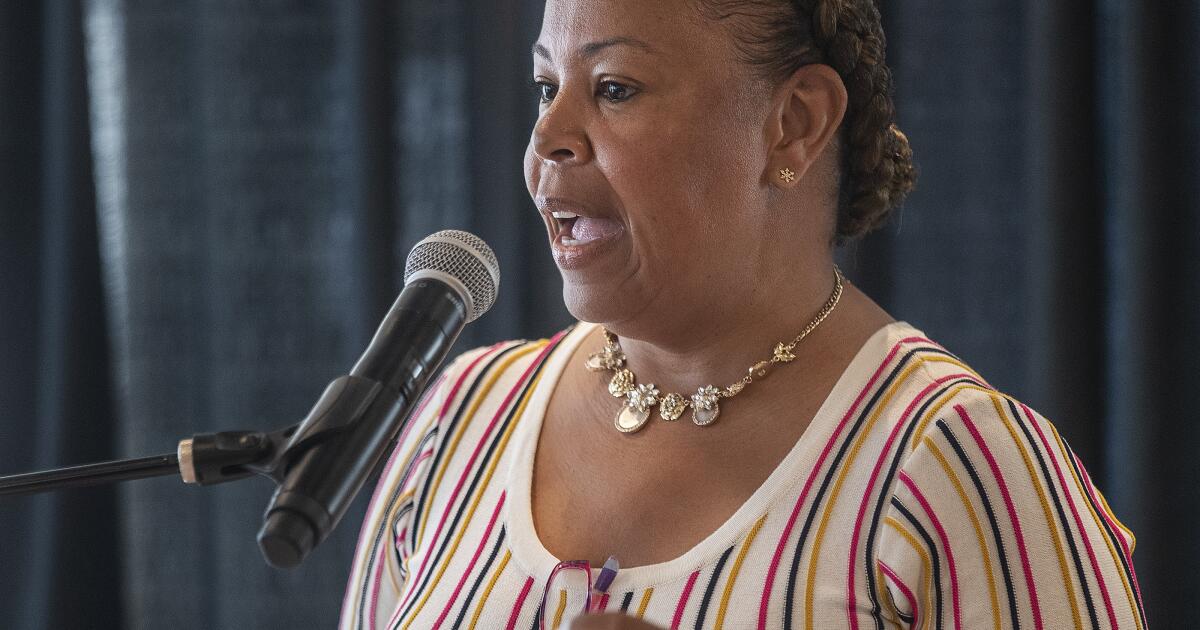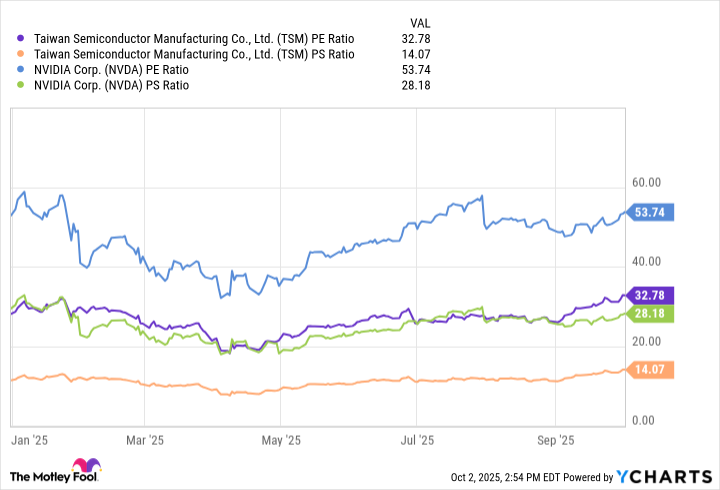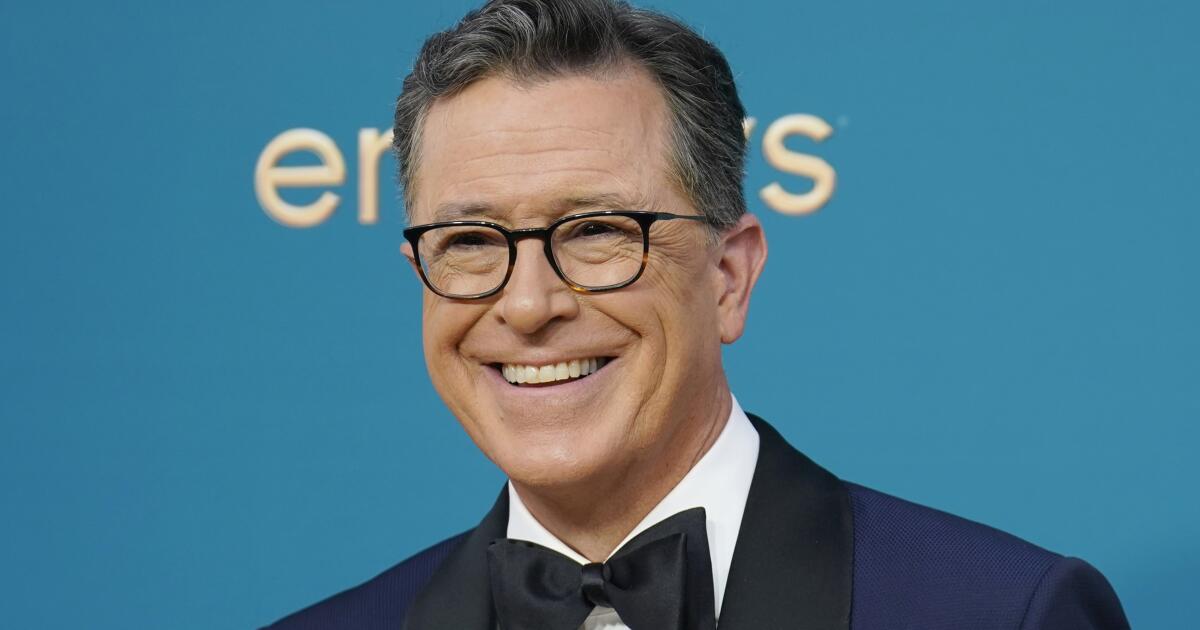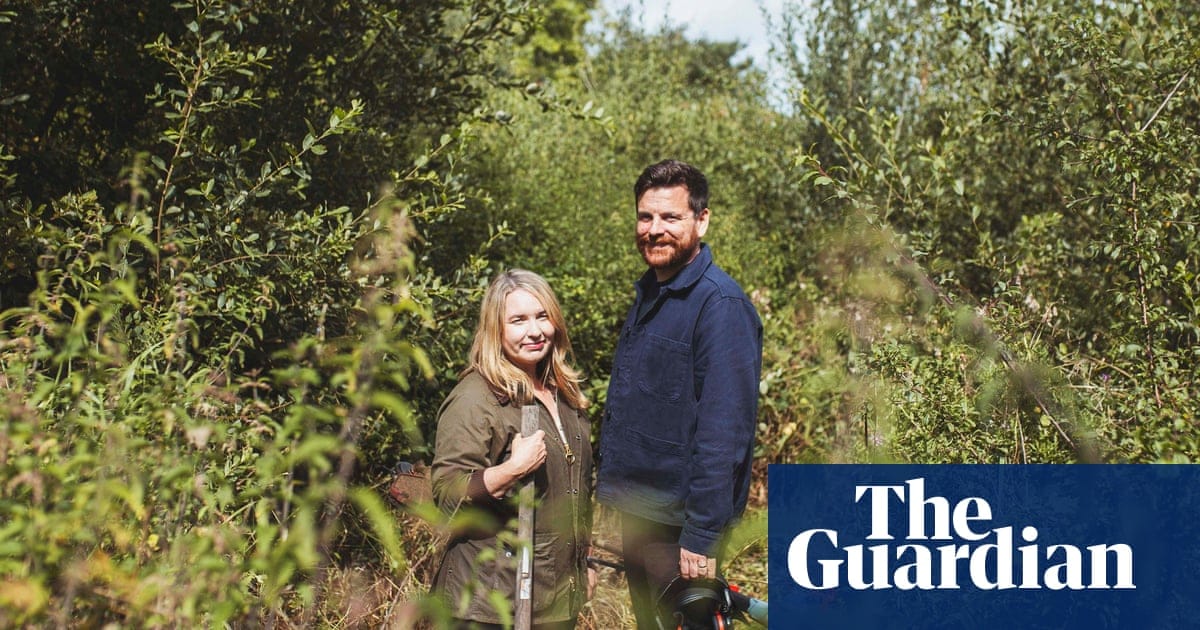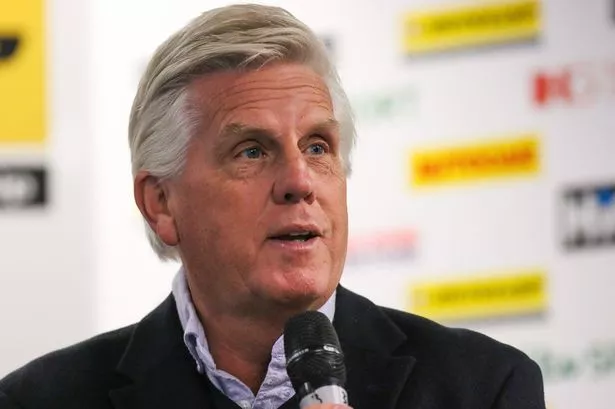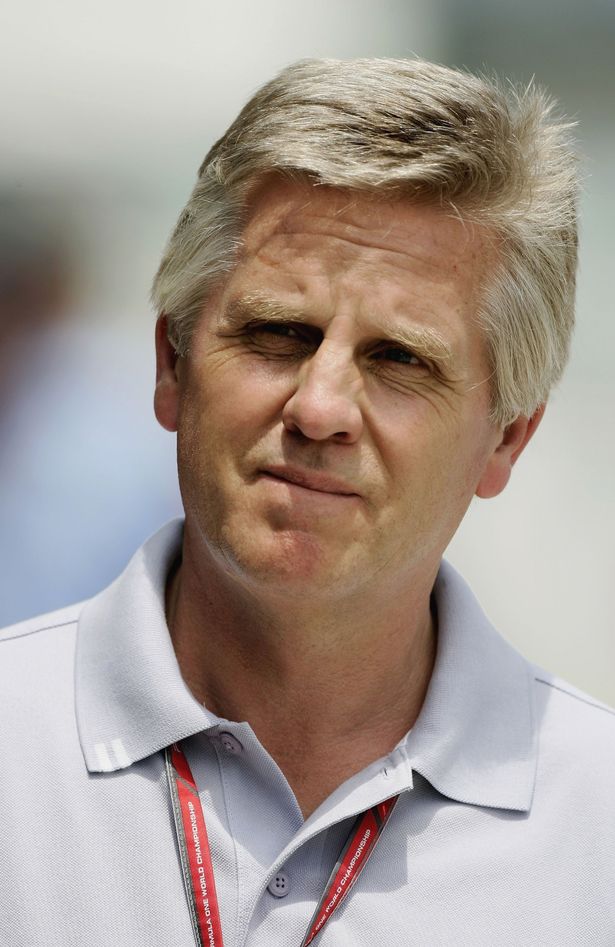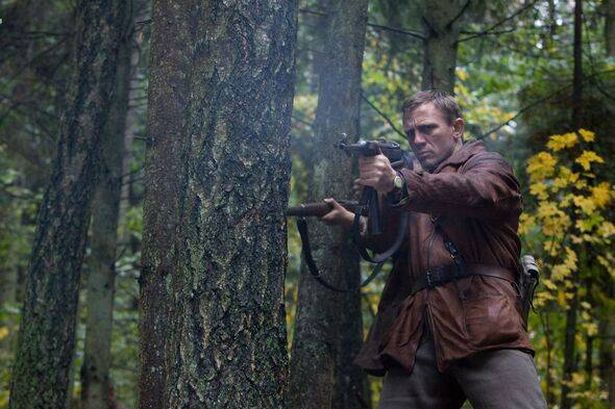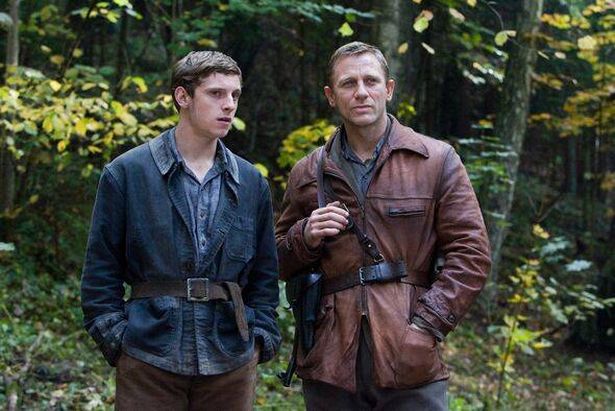Good morning, and welcome to L.A. on the Record — our City Hall newsletter. It’s Rebecca Ellis, with an assist from David Zahniser, Noah Goldberg and Matt Hamilton, giving you the latest on city and county government.
There is no shortage of budget-busting costs facing Los Angeles County, Supervisor Lindsey Horvath recently told guests at this week’s Los Angeles Current Affairs Forum luncheon.
There’s the costly fire recovery effort. And the deep cuts from the federal government. And a continuing homeless crisis.
As Horvath wrapped up her remarks, Emma Schafer, the host of the clubby luncheon, asked about yet another expenditure: What was up with that $2-million settlement to the county’s chief executive officer Fesia Davenport?
“We were faced with two bad options,” Horvath told the crowd dining on skewered shrimp.
Horvath said she disagreed with Davenport’s demand for $2 million, but also believed “that we have to focus on a functional county government and saving taxpayer money.”
Three months ago, all five supervisors quietly voted behind closed doors to pay Davenport $2 million, after she sought damages due to professional fallout from Measure G, the voter-approved ballot measure that will eventually eliminate her job.
You’re reading the L.A. on the Record newsletter
Measure G, which voters passed in November, reshaped the government, in part, turning the county’s chief executive into an elected position — not one selected by the board. The elected county executive, who would manage the county government and oversee its budget, will be in place by 2028. Davenport, a longtime county employee, had been in her post since 2021.
Davenport, as part of her financial demand, said Measure G caused her “reputational harm, embarrassment, and physical, emotional and mental distress.”
Critics contend unpleasant job changes happen all the time — and without the employee securing a multimillion dollar payout.
“Los Angeles County residents should be outraged,” said Morgan Miller, who worked on the Measure G campaign and called the board’s decision a “blatant misuse of public money.”
Horvath, who crafted Measure G, promised during the campaign it would not cost taxpayers additional money. More recently, she voiced dissatisfaction with Davenport’s settlement, saying the agreement should have had additional language to avoid “future risk.”
Horvath said in a statement she considered having the settlement agreement include language to have Davenport and the county part ways — to avoid the risk of litigating additional claims down the road.
Supervisor Janice Hahn, who pushed for Measure G alongside Horvath, said she voted for the settlement based on the advice of county lawyers.
“In the years I worked to expand the board and create an elected county executive, I never disparaged our current CEO in any way,” she said in a statement. “I always envisioned the CEO team working alongside the new elected county executive.”
Davenport has been on medical leave since earlier this month and did not return a request for comment. She has told the staff she plans to return at the start of next year.
It’s not unusual for county department heads to get large payouts. But they usually get them when they’re on their way out.
Bobby Cagle, the former Department of Children and Family Services head who resigned in 2021, received $175,301. Former county counsel Rodrigo Castro-Silva got $213,199. Adolfo Gonzales, the former probation head, took in $172,521. Mary Wickham, the former county counsel, received $449,577.
The county said those severance payments, all of which were obtained through a records request by The Times, were outlined in the department heads’ contracts and therefore did not need to be voted on by the board.
Sachi Hamai, Davenport’s predecessor, also received $1.5 million after saying she faced “unrelenting and brutal” harassment from former Sheriff Alex Villanueva.
Davenport’s settlement was voted on, but not made public, until an inquiry from LAist, which first reported on the settlement.
David Loy, legal director for the First Amendment Coalition, says the county is required under the Brown Act to immediately report out a vote taken on a settlement if the deal is finalized and all parties have approved it. But if it’s not, he says, they don’t need to publicly report it — they just need to provide information when asked.
“You don’t have to proactively report it out in that meeting. You still have to disclose it on request,” said Loy. “ I don’t think that’s a good thing — don’t get me wrong. I’m telling you what the Brown Act says.”
State of play
— DEMANDING DOCUMENTS: Two U.S. senators intensified their investigation into the Palisades fire this week, asking the city for an enormous trove of records on Fire Department staffing, reservoir repairs and other issues. In their letter to Council President Marqueece Harris-Dawson, Sens. Rick Scott (R-Fla.) and Ron Johnson (R-Wis.) showed much less interest in the Eaton fire, which devastated Altadena but did not burn in the city of Los Angeles. An aide to County Supervisor Kathryn Barger, who represents Altadena, said neither she nor other county offices had received such a document request.
— BUMPY BEGINNING: The campaign of City Council candidate Jose Ugarte is off to a rocky start. Ugarte, who is backed by his boss, Councilmember Curren Price, recently agreed to pay a $17,500 fine from the Ethics Commission for failing to mention his outside consulting work on his financial disclosure forms, But on Wednesday, two ethics commissioners blocked the deal, saying they think his fine should be bigger. (Ugarte has called the violation “an unintentional clerical error.”) Stay tuned!
— A NEW CHIEF: Mayor Karen Bass announced Friday that she has selected Jaime Moore, a 30-year LAFD veteran, to serve as the city’s newest fire chief. He comes to the department as it grapples with the continuing fallout over the city’s response to Palisades fire.
— LAWSUIT EN ROUTE: Meanwhile, the head of the city’s firefighter union has accused Bass of retaliating against him after he publicly voiced alarm over department staffing during the January fires. Freddy Escobar, president of United Firefighters of Los Angeles City Local 112, said he’s preparing a lawsuit against the city. Escobar was suspended from his union position earlier this year, after an audit found that more than 70% of the transactions he made on his union credit card had no supporting documentation.
— HE’S BACK! (KINDA): Former Mayor Eric Garcetti returned to City Hall for the first time since leaving office in 2022, appearing alongside Councilmember Nithya Raman in the council chamber for a celebration of Diwali, the Hindu Festival of Lights. Garcetti, a former U.S. ambassador to India, described Diwali as a “reawakening,” saying it may be “the longest continuous human holiday on earth.”
— GENERATIONS OF GALPIN: The San Fernando Valley auto dealership known as Galpin Motors has had a long history with the Los Angeles Board of Police Commissioners, the civilian oversight panel at the LAPD. On Wednesday, the council approved the nomination of Galpin vice president Jeffrey Skobin, to serve on the commission — making him the third executive with the dealership to serve over the past 40 years.
— AIRPORT OVERHAUL: Los Angeles World Airports is temporarily closing Terminal 5 at Los Angeles International Airport, carrying out a “complete demolition” and renovation of the space in the run-up to the 2028 Olympic and Paralympic Games. During construction, JetBlue will be operating out of Terminal 1, Spirit shifts to Terminal 2 and American Airlines lands in Terminal 4, the airport agency said.
— OUT THE DOOR: Two of the five citizen commissioners who oversee the Department of Water and Power have submitted their resignations. DWP Commissioner George McGraw, appointed by Bass two years ago, told The Times he’d been laying the groundwork for a departure for six months. McGraw said he found he could no longer balance the needs of the commission, where he sometimes put in 30 to 40 hours per week, with the other parts of his life. “I needed extra capacity,” he said.
— NO MORE MIA: DWP Commissioner Mia Lehrer was a little more blunt, telling Bass in her Sept. 29 resignation letter that her stint on the board was negatively affecting her work at Studio-MLA, her L.A.-based design studio. Lehrer said the firm has been disqualified from city projects based on “misinterpretations” of her role on the commission.
“As a result, I am experiencing unanticipated limitations on my professional opportunities that were neither expected nor justified under existing ethical frameworks,” she wrote. “These constraints not only affect my own business endeavors but also carry significant consequences for the forty-five professional and their families who rely on the continued success of our work.”
QUICK HITS
- Where is Inside Safe? The mayor’s signature program to address homelessness went to Cotner Avenue near the 405 Freeway in Councilmember Katy Yaroslavsky’s Westside district.
- On the docket next week: The board votes Tuesday on an $828-million payout to victims who say they were sexually abused in county facilities as children. The vote comes months after agreeing to the largest sex abuse settlement in U.S. history.
That’s it for this week! Send your questions, comments and gossip to [email protected]. Did a friend forward you this email? Sign up here to get it in your inbox every Saturday morning.
